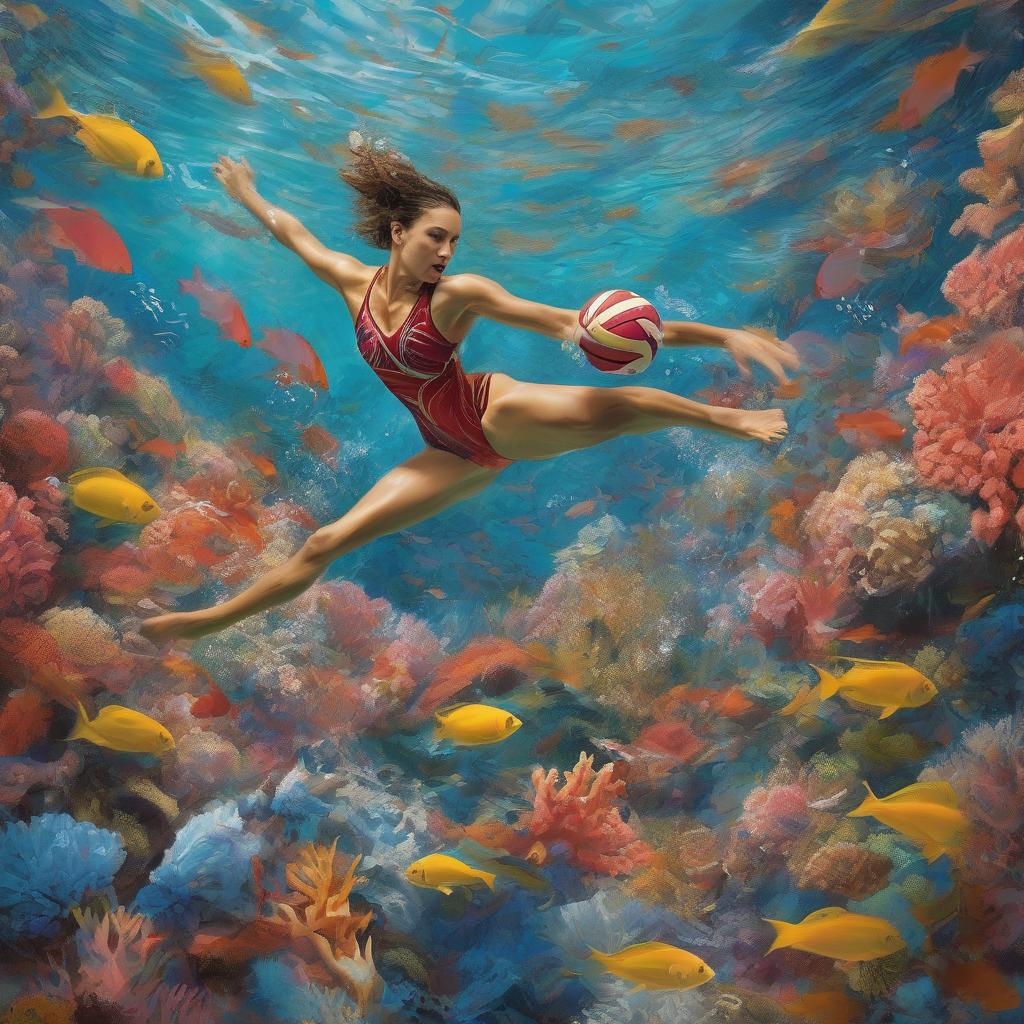When someone mentions aquatics, I picture a blend of water sports, marine life, and the simple joy of splashing around. It’s not just about swimming or synchronized movements. Aquatics is like a gateway to a whole underwater adventure, whether you’re diving into the depths of an Olympic pool or snorkeling in a coral reef. The primary focus here isn’t just the sport but the entire experience, the moments that make you feel alive. Now, let’s dive deeper into what makes aquatics so riveting.
The Diverse World of Aquatic Sports
Water has always captivated us. There’s something hypnotic about it. Whether watching someone effortlessly glide in a lap pool or witnessing the powerful strokes of a canoeist, aquatics offer something for everyone. These sports span a wide array of disciplines. Some are for the thrill-seekers, while others are for those who find serenity in water.
Popular Aquatic Sports
- Swimming: Perhaps the most common. We’ve all done it at some point. Swimming is both an exhilarating sport and an essential life skill. You can learn more about its history and different strokes here.
- Diving: The art of plummeting gracefully into the water. It’s about precision and elegance.
- Water Polo: Often described as a mix of soccer and swimming. It’s fast-paced, demanding, and requires a lot of stamina.
- Synchronized Swimming: This is where creativity meets athletics. The routines are mesmerizing.
- Canoeing and Kayaking: A test of endurance and strength. It’s as much about technique as it is about power.
- Aqua Aerobics: For those who prefer a more relaxed approach, yet still want to stay fit.
For an extensive list of aquatic sports, check out this page. They’ve categorized everything neatly, providing a great resource.
Benefits of Engaging in Aquatic Activities
Water activities, besides being fun, offer numerous health benefits. Consider swimming alone—it’s a full-body workout that helps with cardiovascular fitness, muscle strength, and overall endurance. Floating in water is kind of magical; it takes the weight off your joints, making it ideal for those with arthritis or those undergoing physical therapy.
Physical Benefits
- Low Impact Exercise: Water supports your body, reducing the stress on joints and muscles.
- Cardiovascular Health: Regular swimming or water aerobics can improve your heart health.
- Weight Management: With continued participation, these activities burn calories effectively.
Mental Health Benefits
And then there’s the mental aspect. Ever notice how being near water calms you? The rhythm of waves or a gentle current can be therapeutic. For some, it’s an escape. A place where stress dissolves. The mental clarity achieved during these activities can be profound. Not to mention the endorphin rush, which is a decent mood lifter.
Conservation and Aquatics
There’s an important conversation happening around aquatic environments. As we appreciate these sports and activities, it’s crucial to recognize the impact on marine ecosystems. Pollution and overfishing have had dire effects on our oceans and rivers.
Preserving Our Waters
Many organizations are now focused on conservation efforts. Whether through sustainable practices or cleanup initiatives, the collective goal is clear—preserve what we have. Because without clean water, the future of aquatic activities looks bleak. Awareness and action are key.
If you’re interested in doing your part, small actions like reducing plastic use or supporting ocean-friendly products make a difference. For more insights on aquatic conservation, check out this resource.
Getting Started with Aquatics
Want to dive in? (Pun intended.) Whether you’re a beginner or looking to try something new, there are plenty of avenues to explore. Most communities have public pools, and many offer classes for different age groups and skill levels.
Finding Local Resources
It’s often as simple as checking out your local gym or community center. They tend to have schedules for swimming lessons, aqua aerobics, and even water polo leagues. If you’re near a coastline or a lake, explore options like kayaking rentals or diving schools. Sometimes, the world of aquatics is just a short drive away.
FAQs on Aquatics
- How can I start with swimming if I’m a complete beginner?
Find a local pool offering beginner lessons. Many facilities provide adult beginner classes, and they’ll have you swimming confidently in no time. - Is it safe to swim in natural bodies of water?
Generally, yes, if the area is designated for swimming. However, always check local advisories for water quality and safety. - What’s the best age to start kids in aquatic sports?
Most experts say the earlier, the better. Swimming classes for babies start from six months. It’s about getting them comfortable with water. - How do I find a good swim instructor?
Look for certified instructors at local pools or sports centers. Recommendations and reviews can also be helpful. - Are there any certifications for aquatic sports?
Yes, especially if you’re looking into teaching or diving. Certifications like CPR, First Aid, and specific diving credentials are widely recognized.
So, there you have it. A glimpse into the world of aquatics. It’s a world filled with endless opportunities to explore, learn, and grow. The water awaits, no matter where you are or what you fancy trying. Just take the plunge.



